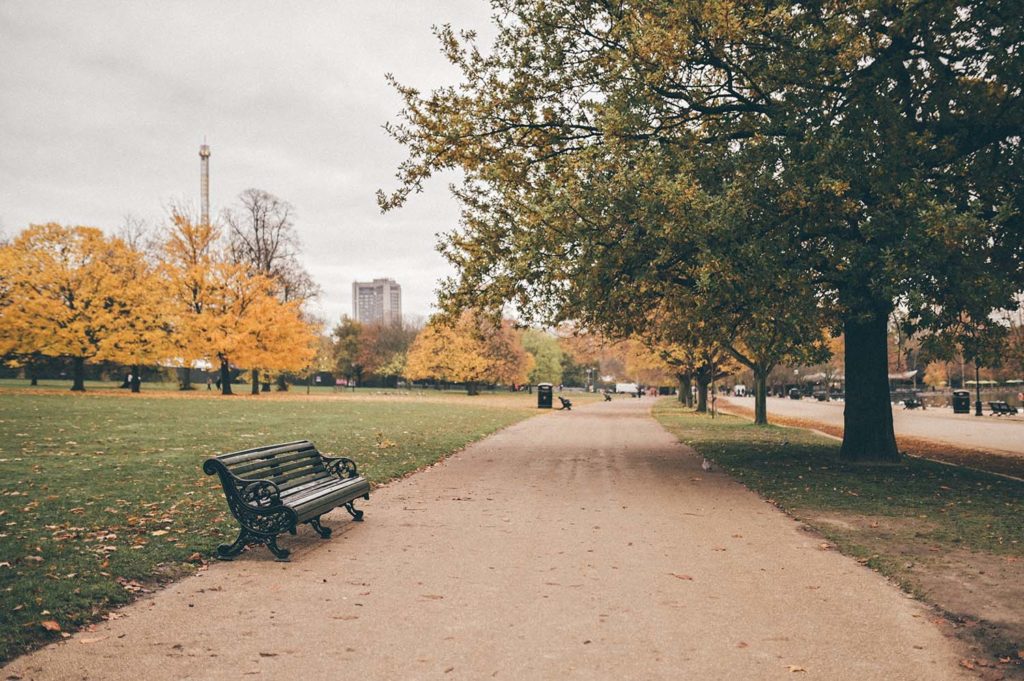Budget restraints to affect Street Furniture & Lighting Market

Budget constraints are significantly impacting the street furniture and lighting market, with local authorities facing increasing financial pressure. This has led to a shift in market dynamics and purchasing behaviours.
Overview of Street Furniture
Street furniture includes benches, bins, bollards, planters, posts, rails, cycle stands, and signage, made from various materials like wood, plastic, steel, and concrete. These items are essential for urban infrastructure and are widely used in parks, roads, and public spaces.
Street Lighting Landscape
There are approximately 7-8 million streetlights in the UK, primarily managed by local governments. Highways England controls a small percentage of these lights. The maintenance of these lights constitutes a significant portion of the market, with a focus on energy-efficient replacements like LED systems, which promise reduced long-term maintenance costs.
Market Trends and Budget Pressures
Local authorities, the primary market players, have seen their dominance wane due to shrinking budgets and financial pressures. Despite a projected slight market increase in 2022 and beyond, the market value remains below pre-pandemic and pre-Brexit levels. This financial strain necessitates strategic decisions in procurement and maintenance practices.
Recent Posts
- Key Trends and Market Dynamics in the UK Bricks, Blocks & Precast Concrete Sector
- Navigating Market Volatility: The Future of the UK Kitchen and Bathroom Distributors
- UK Kitchen and Bathroom Distribution: Growth, Challenges, and Opportunities
- Diesel Dominance and the Rise of Green Alternatives in the UK Generator Market
- From Diesel to Hybrid: Barbour ABI Maps UK Generator Hire Market Evolution


